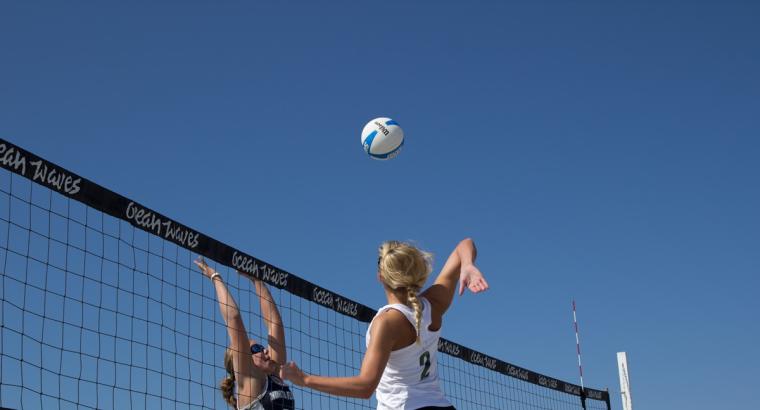
Body image issues, social media, gender biases and coaching styles may be causing young athletes to quit sports, according to new research presented in October by Nemours Children’s Health at the 2023 American Academy of Pediatrics (AAP) National Conference & Exhibition in Washington, D.C.
The study surveyed 70 current or past athletes between the ages of 8 and 18 via local athletic organizations and sports medicine clinics. Researchers’ goal was to determine the various factors that motivate youth sports attrition.
Based on these findings, researchers noted, parents must understand coaches’ impact on youth sports participation and ensure that coaches have proper training to foster a positive environment for participation. Results also indicated significant correlation between screen time, physical activity and body image. Many respondents said they left sports because they felt they didn’t match performance or appearance expectations of athletes they see in the media and on social media. Those who were less confident in their athletic abilities ranked themselves as “less fit” on the body image silhouette scale than they perceived an athlete would or should be. Girls were particularly prone to quitting due to competitive pressure.
Previous studies have found that 70% of children quit sports by age 13, and that girls quit at twice the rate of boys by age 14.
 “Coaches and parents need to know that their words and actions can influence kids’ participation in sports,” Cassidy M. Foley Davelaar of the Nemours Children’s Health Department of Orthopedics and Sports Medicine and lead author of the study, said in a statement. She also is an associate professor at the University of Central Florida College of Medicine and a physician for the U.S. Tennis Association. “By being mindful to not place any importance on looking a certain way, adults can encourage a more supportive, inclusive and welcome sports environment among children of all abilities. We hope these findings will reveal the drivers of sports attrition so that adults can create a sports environment that brings joy and participation back to the game.”
“Coaches and parents need to know that their words and actions can influence kids’ participation in sports,” Cassidy M. Foley Davelaar of the Nemours Children’s Health Department of Orthopedics and Sports Medicine and lead author of the study, said in a statement. She also is an associate professor at the University of Central Florida College of Medicine and a physician for the U.S. Tennis Association. “By being mindful to not place any importance on looking a certain way, adults can encourage a more supportive, inclusive and welcome sports environment among children of all abilities. We hope these findings will reveal the drivers of sports attrition so that adults can create a sports environment that brings joy and participation back to the game.”
Nemours Children’s Health is a leader in pediatric research and clinical trials, and while its study might have been small, it is only the latest research to link social media to kids’ mental health. A survey conducted online by The Harris Poll earlier this year on behalf of The On Our Sleeves Movement for Children’s Mental Health revealed that half of parents with children younger than 18 felt their kids’ mental health had suffered during the past 12 months because of social media use. To best understand how social media is impacting their children’s mental health, On Our Sleeves encourages parents and caregivers to sit down and have regular conversations with their children about how using certain social media platforms can make them feel.
“Be curious about what your child is doing on social media,” advised Dr. Ariana Hoet, clinical director of On Our Sleeves and a pediatric psychologist at Nationwide Children’s Hospital in Columbus, Ohio. “Taking an active role in their social media engagement, instead of simply limiting their exposure, can help them feel comfortable to ask questions, report concerns and seek help when they need it.”
Erin McTiernan, another pediatric psychologist at Nationwide Children’s Hospital, told HealthDay.com that parents also can “model” a healthy attitude toward physical appearance. “Be mindful of how you talk about your own body in front of your kids,” she said.
Other studies indicate that 70% of athletes involved in more aesthetic sports, like dance and cheerleading, have disordered eating, Foley Davelaar told ContemporaryPediatrics.com following the presentation of the Nemours Children’s Health findings at the AAP conference. She added that sometimes the young athletes who are “more stereotypical” or “fit the mold from the outside are struggling the most” to achieve or maintain a specific body type.
“We also thought maybe children’s hospitals can join with coaches or work with coaches to try and create a less competitive, more inclusive game or playing field for these kids,” Foley Davelaar said. “Less about wins and losses and more about physical health benefits — and promoting less of the ideal body image and more of an inclusive body image for sports.”

